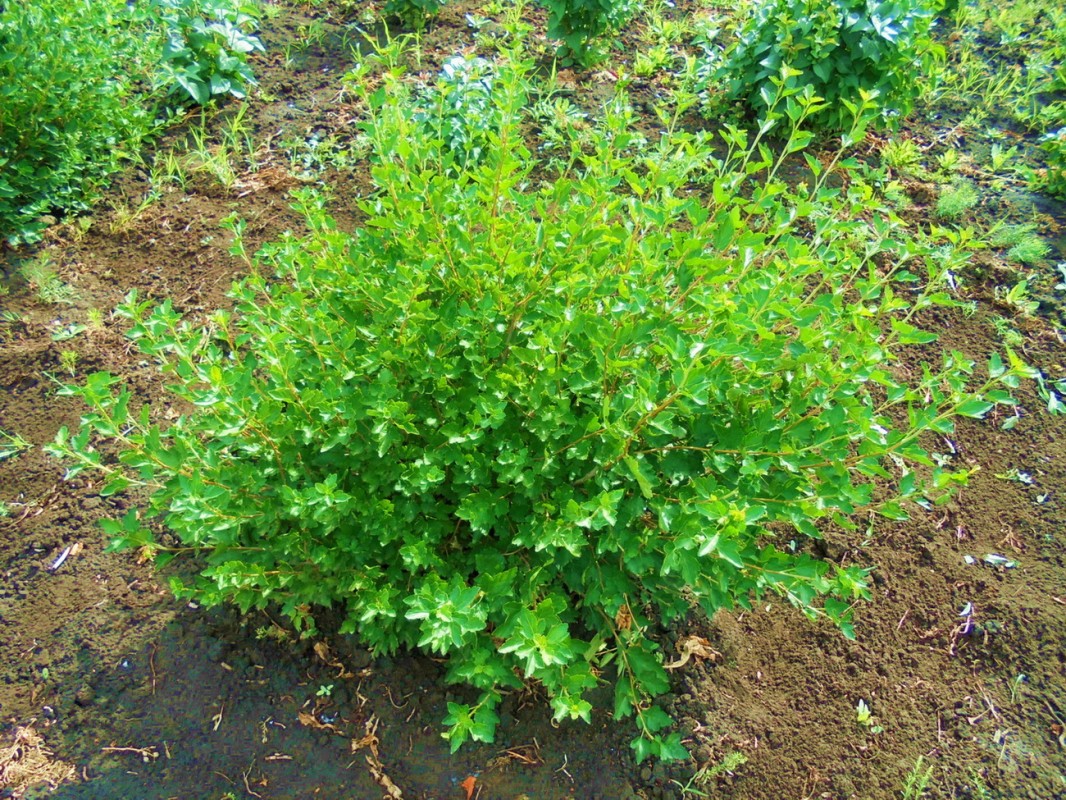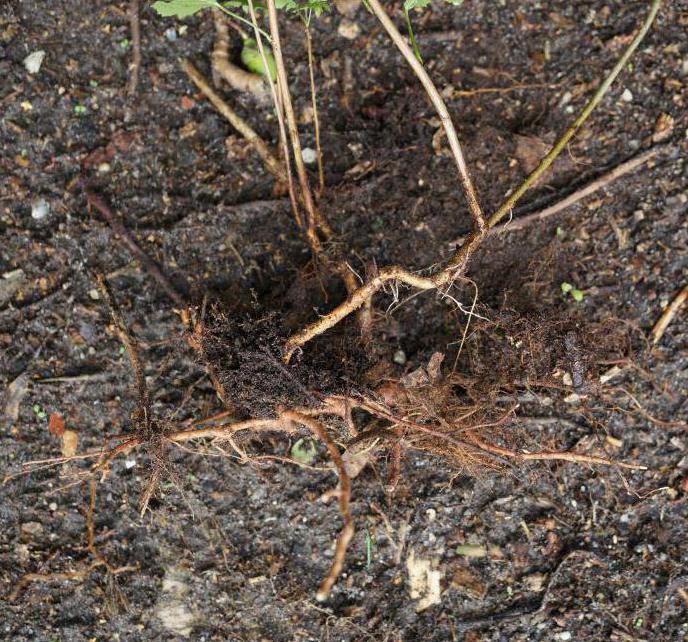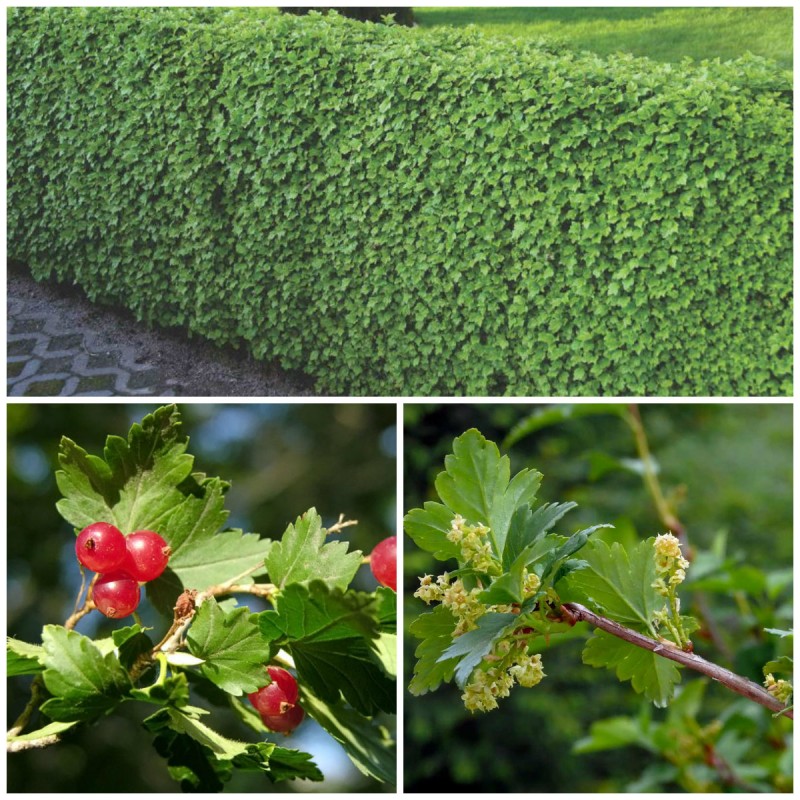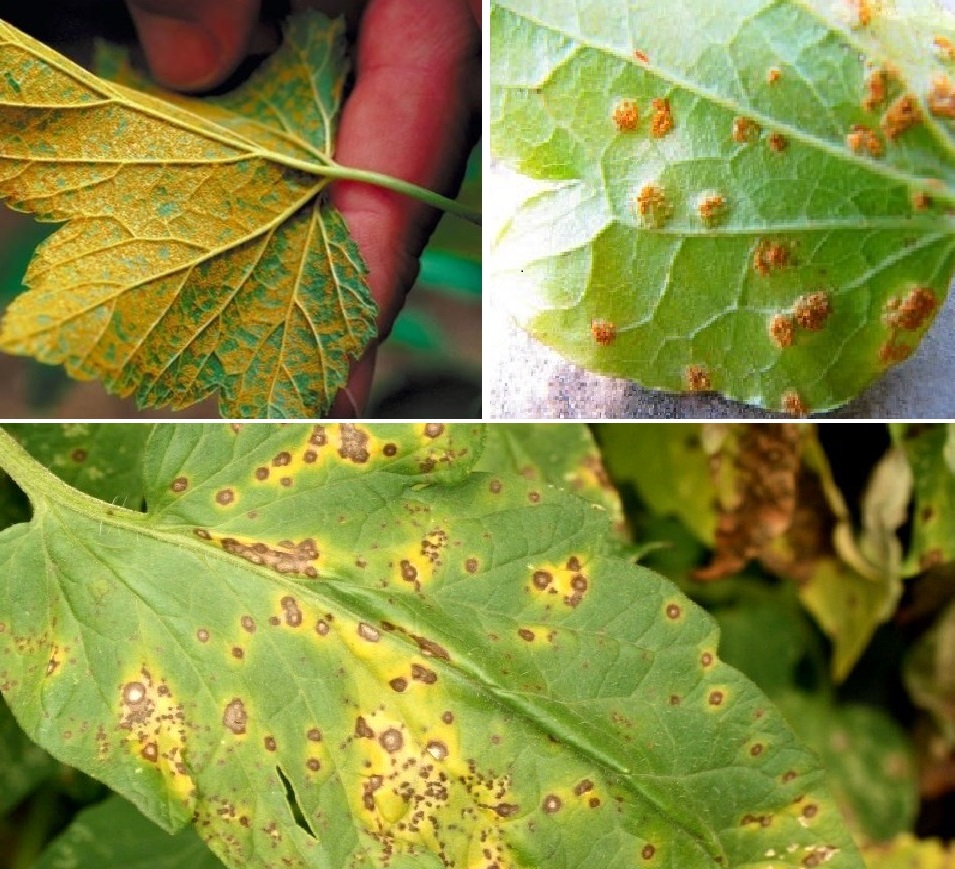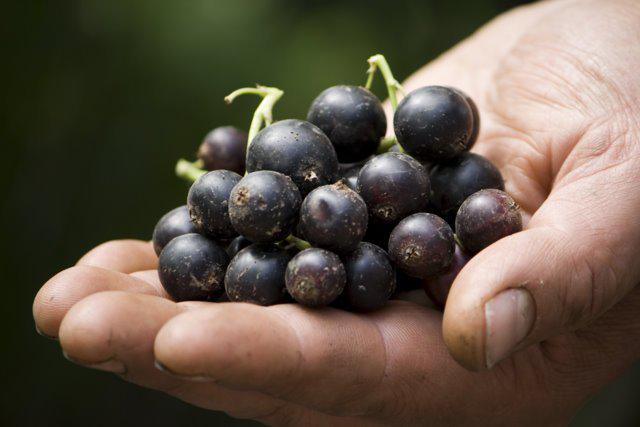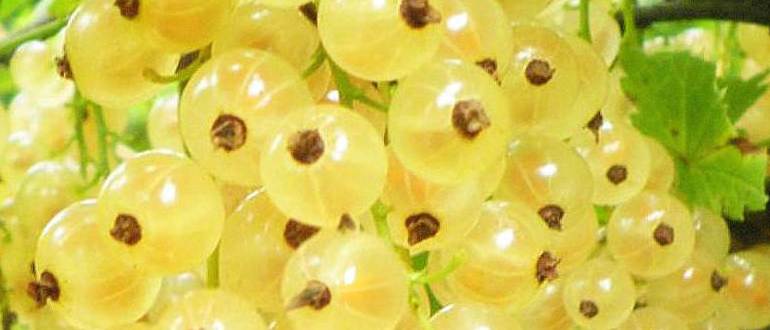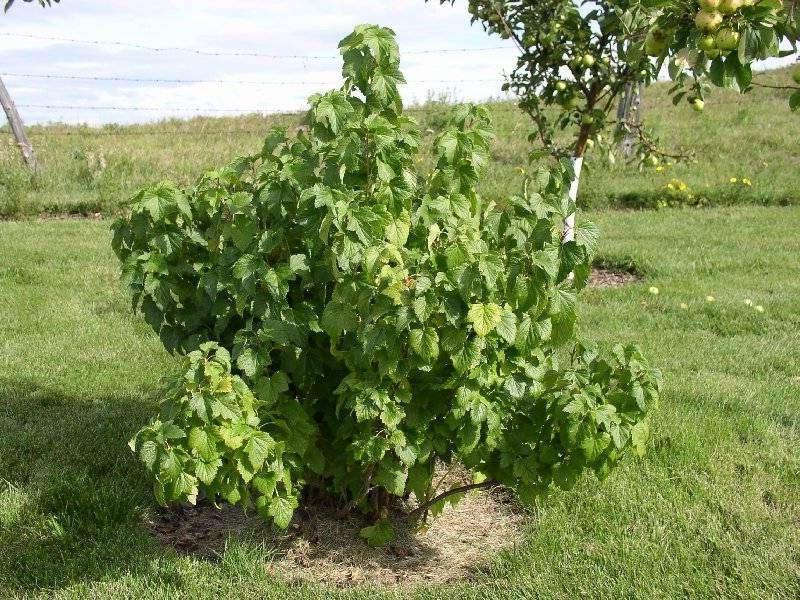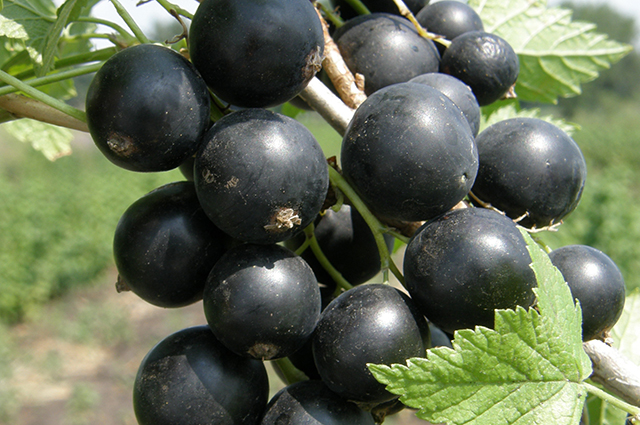Content:
Fruit shrubs are very rarely used by summer residents and gardeners to decorate plots. But there is an exception - alpine currant. Due to its abundant flowering, dense greenery, bright berries, this type of shrub is very popular and is often used as a decoration or a living fence.
There are many shrubs of this species (Schmidt currant, Pimula, Golden, etc.). The plant is distributed throughout Europe, it is found even in Turkey, Morocco, North Africa. Almost no mountain landscape is complete without such a culture. A very frost-resistant shrub that grows well even in the northern regions of Russia. It can often be found on river banks, on sunny forest edges, as well as in mixed forests.
Main characteristics
Alpine currant is a deciduous shrub that will become a real decoration of any garden. The height of the branches reaches 2-2.5 meters, depending on the variety. The culture is characterized by excellent indicators of frost resistance, withstands droughts and other extreme natural conditions. It grows best in partial shade, if the place is sunny, it is important to provide the bushes with sufficient moisture.
Green-yellow flowers are located on racemes that fall down. The branches grow compactly and are densely covered with rich green foliage. Three-leaf leaves are not much different from ordinary garden currants. In some varieties, currant leaves may have a yellowish or olive tint. The width of the leaves can reach 4 cm. The foliage stays on the branches for a very long time, so the site will be green until winter.
Small berries. The shrub blooms in May-June, and harvesting can be carried out from July to August, it all depends on the climatic features of the area. The fruits can be used for food, but they have very low taste indicators, therefore, in most cases, alpine currants play the role of a decorative element of landscape design.
Alpine currant is characterized by moderate growth, the growth per year is about 15 cm.
Growing features
The principles of growing alpine currants differ little from the usual garden currant, but nevertheless, the main points and features of cultivation should be taken into account. With this variety of bushes, you can not only get a harvest, but also beautifully and originally decorate your garden plot.
Landing
The plant is not demanding on soil, so it easily takes root in any area. But most of all he prefers fertile, slightly acidic or alkaline soil. The best direction is south.
You can plant currant bushes of this variety, both in spring and in autumn. Planting holes dig out a little more roots. First, a small hill of soil is poured, then a neatly straightened root system is located, and only then is it covered with fertile soil. The root zone is watered (10-20 liters of water) and carefully tamped. The root collar should be flush with the surface. At the end of planting work, mulching of near-trunk strips and circles is carried out. The first 2-3 weeks watering is desirable.
Reproduction methods
Alpine currant propagation can be carried out in 3 ways:
- Layers. It is best to plant biennial growths in a new place that seem to be the strongest and healthiest;
- Cuttings. For such purposes, the material of the apical type is chosen with annual growths or young shoots. The stalk should be no more than 20 cm long. First (end of August) they should be planted in containers and placed in a greenhouse or at home on a windowsill. Then, after the appearance of the root system, the cut is updated, and the resulting roots are treated with a growth stimulator. The planting material can be moved to a permanent location. The root system begins to develop actively closer to winter, and the cuttings take root;
- Seeds. This breeding method is also acceptable. The collected seeds are sown in the fall. First, the soil is carefully prepared, removing weeds and roots, and then the seeds are placed to a depth of 5 cm. Sowing is mulched with ground peat. After a year, the seedlings will be ready to move to their permanent location.
Care
Currants of this variety need regular pruning, and more than other varieties. Pruning is carried out, regardless of the purpose of cultivation, strictly in late March or early April, even before the start of sap flow. First, all dried and diseased branches are removed, and only then the required shape of the bush is given, according to the idea. Slices can be treated with garden pitch or wood ash.
Bushes require regular feeding in several stages:
- Feeding with organic fertilizers is required annually (a bucket of compost or humus in the evening);
- Mineral complex fertilizers are applied twice a season: in April, and also after flowering.
Watering is required in dry weather. About 3-4 buckets of water are poured onto one bush. It is important to remove weeds and loosen the soil in a timely manner. As you know, weeds are a place of accumulation of bacteria, which increases the likelihood of currant diseases.
The first 2-3 years, the bushes should be protected from severe frosts. The trunks are simply wrapped in burlap.
Use in landscape design
Due to their dense and bright foliage, as well as their large size, alpine currant bushes look great in single or any group plantings when decorating the site design.
Among the most common uses for alpine currants should be highlighted:
- Create a living enclosure from a sequence of shrubs that are molded into the desired shape every spring. Such a fence not only looks great, but also reliably protects from the wind and the prying eyes of passers-by;
- Creation of combined compositions with other cultures;
- Planting single bushes, which, when pruned, give any shape, for example, silhouettes of animals or objects.
Pests and diseases
Pests pose a danger to any garden plant, alpine currant is no exception. The most dangerous insect is the moth butterfly (a small insect 1 cm long and 3 cm wingspan). She lays eggs during the flowering period, it will no longer be possible to save the plant. To protect the bushes, you should cover the soil near the bush with roofing material in winter, and the butterfly will not get out of the ground. After all, it is in the soil that the butterfly hibernates, burrowing into the ground.
The health and beauty of alpine currant bushes are threatened by aphids.The shoot aphid eats up young branches, preventing them from developing normally. To cope with it is simple: you should spray with drugs such as Actellika and Karbofos. Processing is performed twice with an interval of 10 days. May also meet:
- Rust;
- Leafy spots;
- Spider mite.
Advantages and disadvantages
Among the most significant advantages that distinguish this species from the variety of similar cultures, it should be noted:
- Alpine currant is not demanding on the soil, and is also unpretentious in care;
- High productivity;
- Frost - and drought resistance;
- Beautiful appearance, which can be successfully used in landscape design;
- Resistant to many diseases.
The main disadvantages are low taste, as well as the need for constant pruning.
Alpine currant is a valuable shrub that is cultivated for harvest, but most often acts as an element of landscape design. An ornamental plant of the described species is picky in care, even a beginner inexperienced gardener can cope with the peculiarities of growing, having at hand a description of the simplest processes of agricultural technology.
